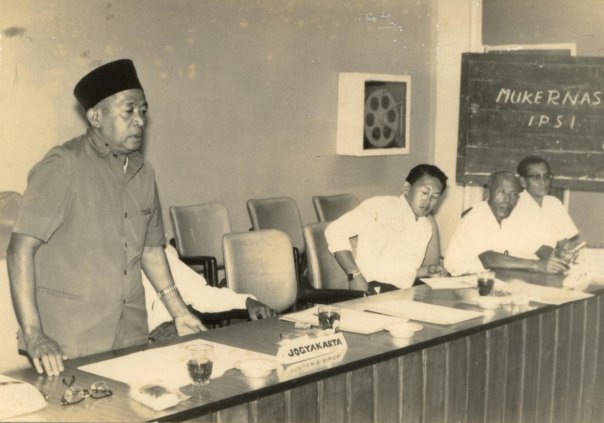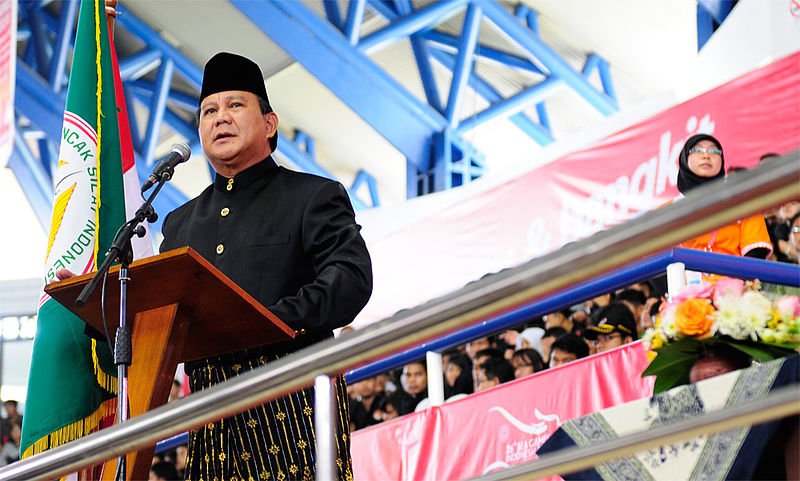WHAT IS SILAT?
Silat is the most common generic term for martial arts in the modern Malay speaking world. Malay/Indonesian martial arts, and, at times, martial arts in general, are most commonly referred to as silat, pencak silat, ilmu bela diri (national and international) pencak, (West Java), sile, silek (Sumatra), ngelmu digdaya (Java) and bersilat (Malaysia). The term silat, however, does not seem to have been used in significant measure before the 20th century as it does not appear in pre-print age literary works.
The dunia persilatan or "silat world" of post-colonial Southeast Asia mirrors the diffusion of Malay language and extends like a net transcending contemporary national boundaries and drawing together the Indonesian Republic, Malaysia, Singapore, Southern Thailand, Brunei, and the Malay-speaking isles of the Southern Philippines. Malay/Indonesian martial arts have for centuries enjoyed significance in the indigenous educational realm particularly, but not exclusively, for men. Training in the martial arts was, and often still is, regarded as requisite bekal or provisions for the journey through life. During the colonial era and the Indonesian revolution silat fighters, known by such terms as satria, pendekar, jago, or jawara, were involved in sporadic acts of violent resistance to European authority and in the guerrilla warfare, pemuda movements and military campaigns that led to the eventual expulsion of the Dutch colonial forces. In post-revolutionary times "pencak silat" was reinvented and adopted as the official "national sport" of Republik Indonesia.
While it can be argued that silat is fundamentally a ritually empowered traditional practice of violent mayhem -- a prominent silat guru once referred to it as "the art of killing and maiming"-- it should be noted that these arts also manifest themselves in healing, in play, sport, and dance, and, as ceremonial supplication to and invocation of divine and supernatural forces. Contained within the 'science' of silat are keys or kunci to unlock gates to other dimensions of transcendental experience and to open channels of energy within the body. Because martial arts are commonly passed down orally and gesturally through a tradition of guru to disciple mimetic transmission, and are also deeply conditioned by the demands of the times, it is very difficult to discern which aspects of martial culture have remained constant through time, and which have been subject to adaptation, acculturation, deformation or innovation. Tales circulating in the silat world of New Order era Indonesia at times traced the ancestry of silat to China, India, Mongolia, Persia, Turkey and Tibet, while admitting to more recent influences from Japan, Korea and the Western world. Alternative versions of Malay/Indonesian silat genesis involve mythologies of purely local inspiration and genius. It is clear that the practice and study of martial arts in the Malay speaking world has a venerable lineage and that warriors have enjoyed prominent positions in local societies from antiquity to the present.
Silat, a complex, diverse and plastic body of forms, practices, techniques and beliefs, on the one hand concerned with transforming the body into a maneuverable, durable and lethal weapon, was also deeply intertwined with other arts and bodies of ilmu or 'traditional knowledge' such as ilmu kebatinan (mysticism), samedi and pernapasan (meditation and breathing techniques), puasa and pertapaan (fasting and ascetic retreat), ilmu kebal, debus, wudu karang or kuda kepang, and amok (trance arts or altered states of consciousness and self mortification and invulnerability), ilmu dukun, ilmu sihir, mantrayana, ilmu susuk, guna-guna, ilmu tuju, aji-ajian, santet, tenun (verbal magic, sorcery, incantations and magical arts) or myriad healing arts often delineated generally as ilmu pengobatan tradisionil or ilmu tabib.
WARRIORS
The names by which warriors are identified in Malay/Indonesian textual representation have changed over time. In Javanese tradition the term satria or satrio (ksatria) was common and still enjoys currency in modern times, significantly in the rhetoric of national solidarity employed by I.P.S.I., the national umbrella organization charged with overseeing the national development of pencak silat. Pendekar is a widely used Malay term for warriors and usually denotes mastery of silat. This term along with another name for warriors, hulubalang, pre-dates the age of print literature in insular Southeast Asia. Women also fought alongside men as warriors and vast numbers of contemporary Indonesian women engage in regular silat practice.
SILAT TERMINOLOGY
Words significantly related to the ilmu, or art/science of silat include such common technical terms as pukulan (punch), tebangan (chop), tendangan (kick), gulingan (roll), or tangkisan (parry) or ambilan (throwing). Many silat systems are designed for combat both empty handed or with weapons and the capacity to fashion improvised weapons taken spontaneously from whatever is at hand is also commonly found. Weapons, which are not infrequently emblems of ethnic affiliation and have also inspired specific fighting systems based on their technical features, include keris (double edged daggers popular with Malays, Javanese and Balinese etc.) badik (single edged, pistol gripped knives of Southern Sulawesi) rencong (slender knives of Aceh, North Sumatra, celurit or arit (sickles popular in Madura) kujang (characteristic daggers of Sunda, West Java) mandau (heavy, single edged swords of the Dayaks of Kalimantan) and so forth in seemingly endless array.. Other weapons with less culture specific associations include the toya (long staff) tongkat (cane or walking stick) all manner of pisau (knives), kerambit, rantai (chains) kapak (short axe or hatchet) jarum (throwing needles) trisula (trident) kelewang, pedang, golok and parang (machetes, swords) cemeti (whips). The word jurus or way is used to denote the character of a system of movement or strategic mode of comportment. Jurus or "way" refers to modes of martial style expressed in animal-inspired movement forms, such as the tiger, monkey, snake or crane, natural phenomena such as thunder and lightening, waves striking coral, fire or ice, or mythological creatures and systems of fighting such as the fabled Garuda, Naga (Dragon) or the pukulan Brajamusti. Fighting systems modeled after the heroic supernatural warriors of the wayang tradition such as Arjuna, Bima and Srikandi are also well represented in the curriculums of numerous silat traditions in the archipelago.
IPSI & PERSILAT
IPSI and PERSILAT are the acronyms for the two largest organizations in the world dedicated to the promotion, development, and preservation of pencak silat. IPSI or Ikatan Pencak Silat Indonesia, founded in 1948 during the Indonesian Revolution, is the national umbrella organization for pencak silat in Indonesia. PERSILAT founded in 1980 is the international organization that promotes, organizes and monitors the global community of nations where pencak silat is practised. PERSILAT will welcome competitors from roughly 50 nations to the Pencak Silat World Championships to be held in Bali in December 2016. Silat has a vast diversity of traditions and techniques developed over centuries by the different peoples within the Malay/Indonesian diaspora, each community with its own characteristics and styles. There are many hundreds of different styles (aliran) that spread across the 13,000 islands comprising the Indonesian archipelago and beyond into other Malay speaking regions. In the hope of unifying all the Pencak Silat groups and styles all over Indonesia, a Pencak Silat association was established in 1948, Ikatan Pencak Silat Indonesia (Indonesian Pencak Silat Association, or abbreviated as IPSI). At that time pencak silat was accorded the status as Indonesia's 'national sport'. In order to govern, develop and promote all international activities associated with pencak silat, The International Pencak Silat Federation - Persekutuan Pencak Silat Antarabangsa (abbreviated as PERSILAT) was established on 11 March 1980 in Jakarta under the supervision of Brigadier General (ret.) Eddie Nalapraya. The founding membership of this global entity consists of the national organisations of Indonesia (Ikatan Pencak Silat Indonesia (IPSI), Malaysia (Persekutuan Silat Kabangsaan (PESAKA), Singapore (Persekutuan Silat Singapura (PERSISI) and Brunei Darussalam (Persekutuan Silat Kabangsaan Brunei Darussalam (PERSIB). Every four years all core member countries are invited to a PERSILAT Congress where members report on their activities during the previous period, and take the opportunity to discuss plans and initiatives concerning the global Pencak Silat community. PERSILAT has thus far successfully introduced Pencak Silat as a sporting event in the South East Asia Games, the Asian Games, and the South East Asian University Games. It is currently striving for acceptance of Pencak Silat as an event in the Commonwealth Games and the Olympic Games. The current leader of both IPSI and PERSILAT is Liutenant General (ret.) Prabowo Subianto.



